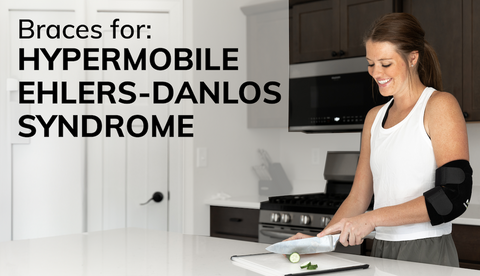How To Manage Your Leg Pain From Lumbar Spinal Stenosis
 Spinal stenosis pain is a relatively common phenomenon that can affect the back, neck, ribs, arms and even the legs. Spinal stenosis is the narrowing of the open spaces in your spinal canals. This narrowing can lead to pressure in your spinal cord and nerves. Although spinal stenosis can occur in the lumbar, thoracic, and cervical region of your spine, it’s more common to occur in your lower or lumbar region. Your lumbar region consists of five bones that connect to the thoracic or middle part of your back.
Spinal stenosis pain is a relatively common phenomenon that can affect the back, neck, ribs, arms and even the legs. Spinal stenosis is the narrowing of the open spaces in your spinal canals. This narrowing can lead to pressure in your spinal cord and nerves. Although spinal stenosis can occur in the lumbar, thoracic, and cervical region of your spine, it’s more common to occur in your lower or lumbar region. Your lumbar region consists of five bones that connect to the thoracic or middle part of your back.
Do You Think You Have Lumbar Spinal Stenosis?
- Back pain (mild to intense)
- Weakness in your legs, feet, or buttocks
- Difficulty balancing while standing, walking, or bending over
- Leg cramping after standing for a long period of time
- A burning, tingling, or numb sensation in your legs, buttocks, or lower back region
- Stiffness in the legs or thighs
- For severe cases, you may have bowel or bladder issues
- Neck pain (mild to intense)
- Weakness in your neck or upper back region
- Clumsiness with your hands
- A burning, tingling, or numb sensation in your neck, shoulders, arms, and hands
- For severe cases, issues with your bowel or bladder
How Can I Get Rid of My Leg Pain from Lumbar Spinal Stenosis?
There are a number of steps you can take to relieve your lumbar spinal stenosis pain. For most individuals, they tend to lean forward, flexing your lower body forward, which temporarily relieves your spinal stenosis pain by opening up the spinal canal. Generally speaking, a doctor will recommend beginning pain management for spinal stenosis with simple and non-invasive treatments, such as taking anti-inflammatory pain medications, resting the troubled area.
 Exercises such as biking, yoga, stretching, swimming, and tai chi can help ease your pain from spinal stenosis. Try avoiding activities that irritate the back like lifting or walking for a long distance is also important. In some cases, ice or heat therapy can help with spinal stenosis back pain.
Exercises such as biking, yoga, stretching, swimming, and tai chi can help ease your pain from spinal stenosis. Try avoiding activities that irritate the back like lifting or walking for a long distance is also important. In some cases, ice or heat therapy can help with spinal stenosis back pain.
Physical therapy is often incorporated as strengthening the muscles and improving the flexibility of the back can help reduce the amount of strain it endures and can help you find pain relief for spinal stenosis.
Exercising on a regular basis is also important for living with spinal stenosis. Try these 9 exercises for lumbar and cervical spinal stenosis to help alleviate your pain. Some also have success with alternative therapies such as acupuncture or massage for relieving spinal stenosis discomfort.
In addition to exercises and stretches, try wearing a lower back brace to help immobilize your spine. This back support will help to reduce your leg pain and numbness that you might be experiencing. You can also wear a posture brace to help correct your poor posture position, which can reduce the stress placed on your back and spine.
If these conservative methods are ineffective, you might receive either a steroid injection or a nerve block to ease spinal stenosis leg pain, back or neck discomfort. If these methods still fail to relieve spinal stenosis back pain, you may need to undergo surgery to open up the spaces within your spine.







